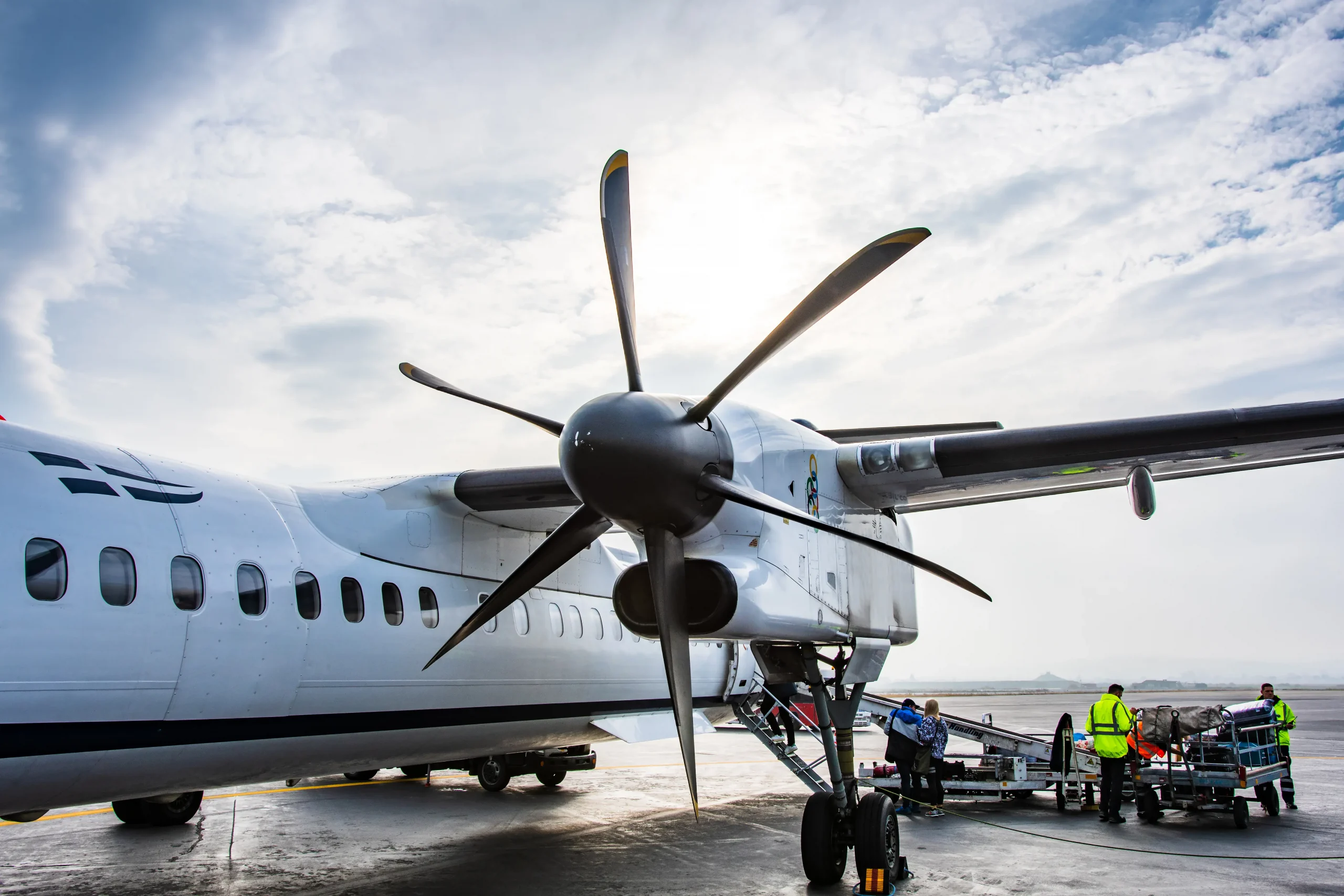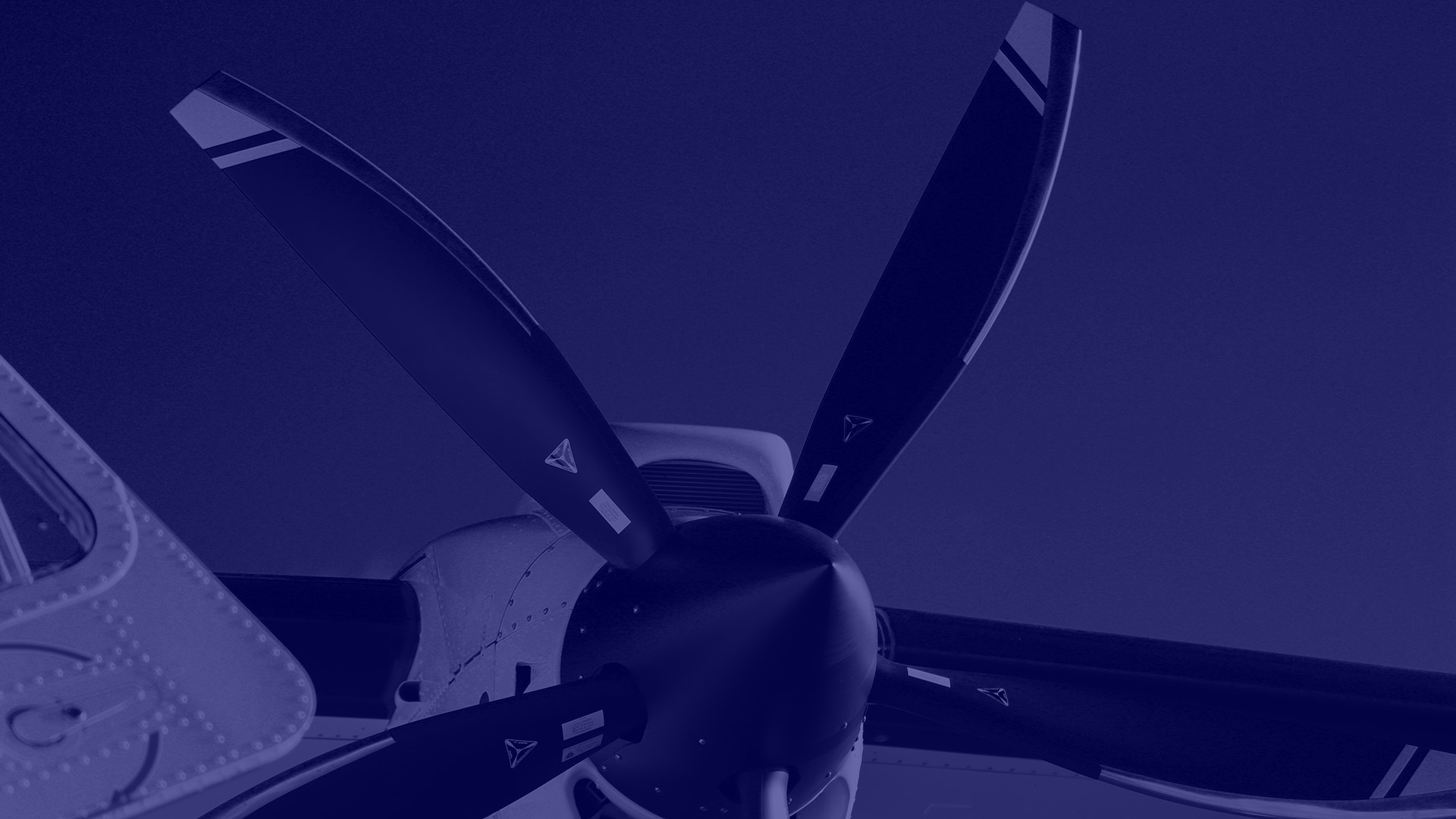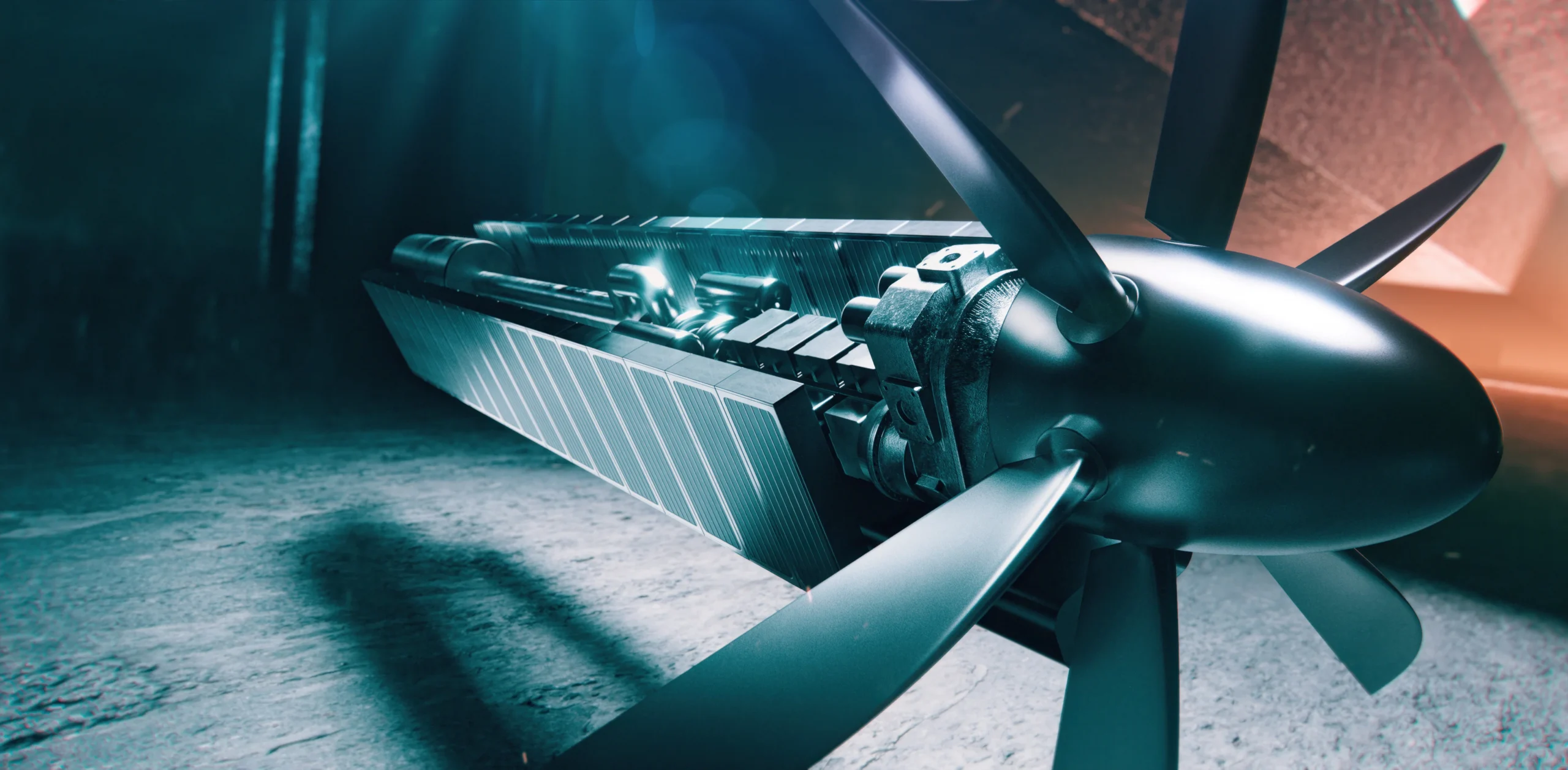
ZA2000
2-5MW modular hydrogen-electric powertrain for 40-80 seat regional turboprops by 2027
ZA2000
2-5MW modular hydrogen-electric powertrain for 40-80 seat regional turboprops by 2027
ZeroAvia is developing the first zero-emission powertrain for aviation
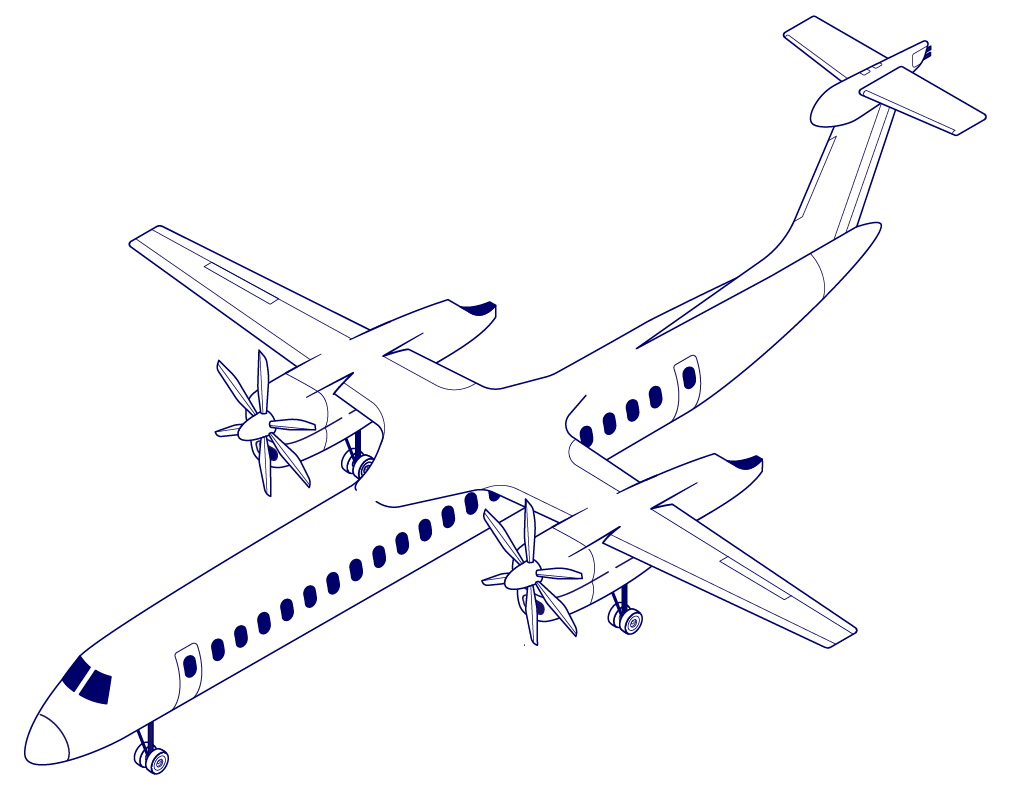
Utilizing ZA2000 powertrains in 40-80 seat aircraft can enable:
Green Regional Flight
The ZA2000 is a 2-5MW modular hydrogen-electric powertrain for up to 80 seat regional turboprops
Providing efficient, clean and quiet propulsion for the future of regional air mobility
Fueled by liquid hydrogen tanks and capable of carrying passengers up to 1000 NM.
How does our hydrogen-electric powertrain work?
Typical Airframes for ZA2000
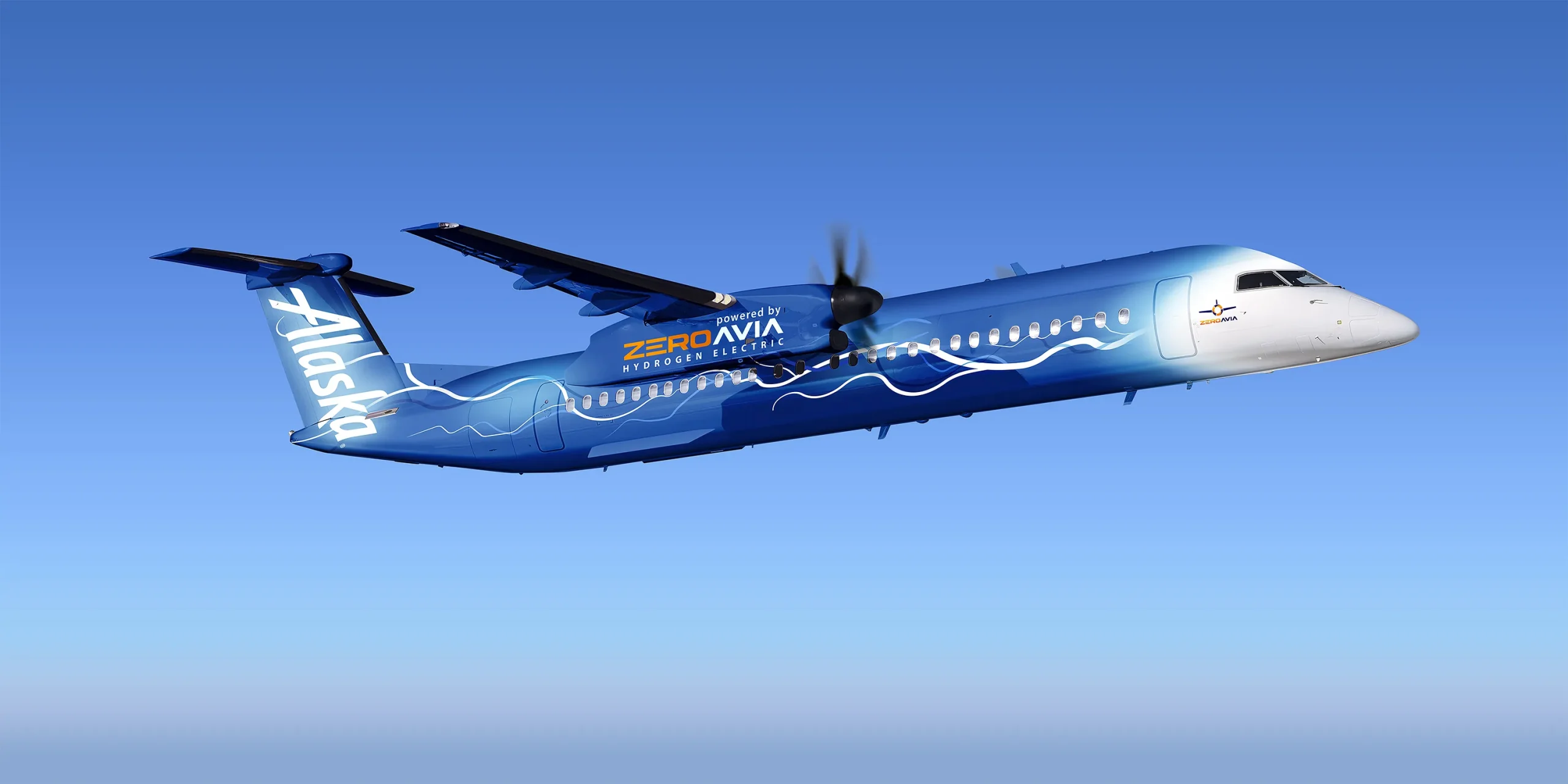
DHC Dash 8 Series
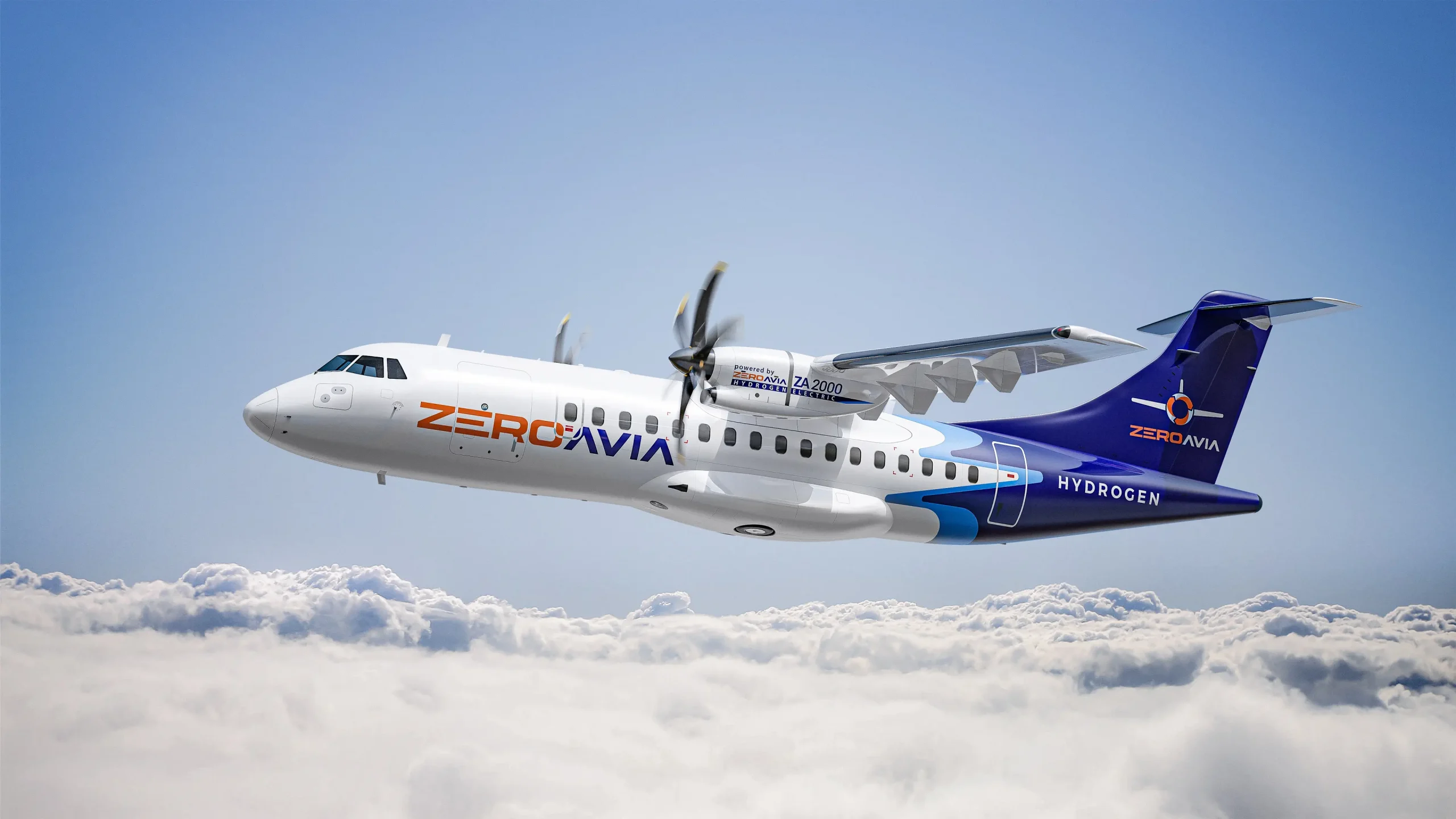
ATR 42/72
Comparison


Comparison
ZA2000
Large turboprop engine
Propulsion system type
Fuel Cell and Electric Motor
Internal combustion
Shaft horsepower, kW
2-5 MW
2-4 MW
Overall system efficiency
45-60%1
PW127 is >20% above 40% PP, otherwise <30%2
Maintenance overhaul interval
TBC
TBC
Fuel consumption hour/kg/eng
60-70
320-350
Direct CO2 emissions per hour 3
Nil
1000-1100 kg
NOx and other emissions per ho3
Nil
PW127F @ MCR, 2.2gCO/kg, 0gUHC/kg, 15.6gNOx/kg4
Contrails 3
60-80% reduction
No mitigation
1 ZeroAvia internal modelling for ZA2000
2 ZeroAvia internal estimation for P127
4 PWC Exhaust Emissions Data – March 1997
